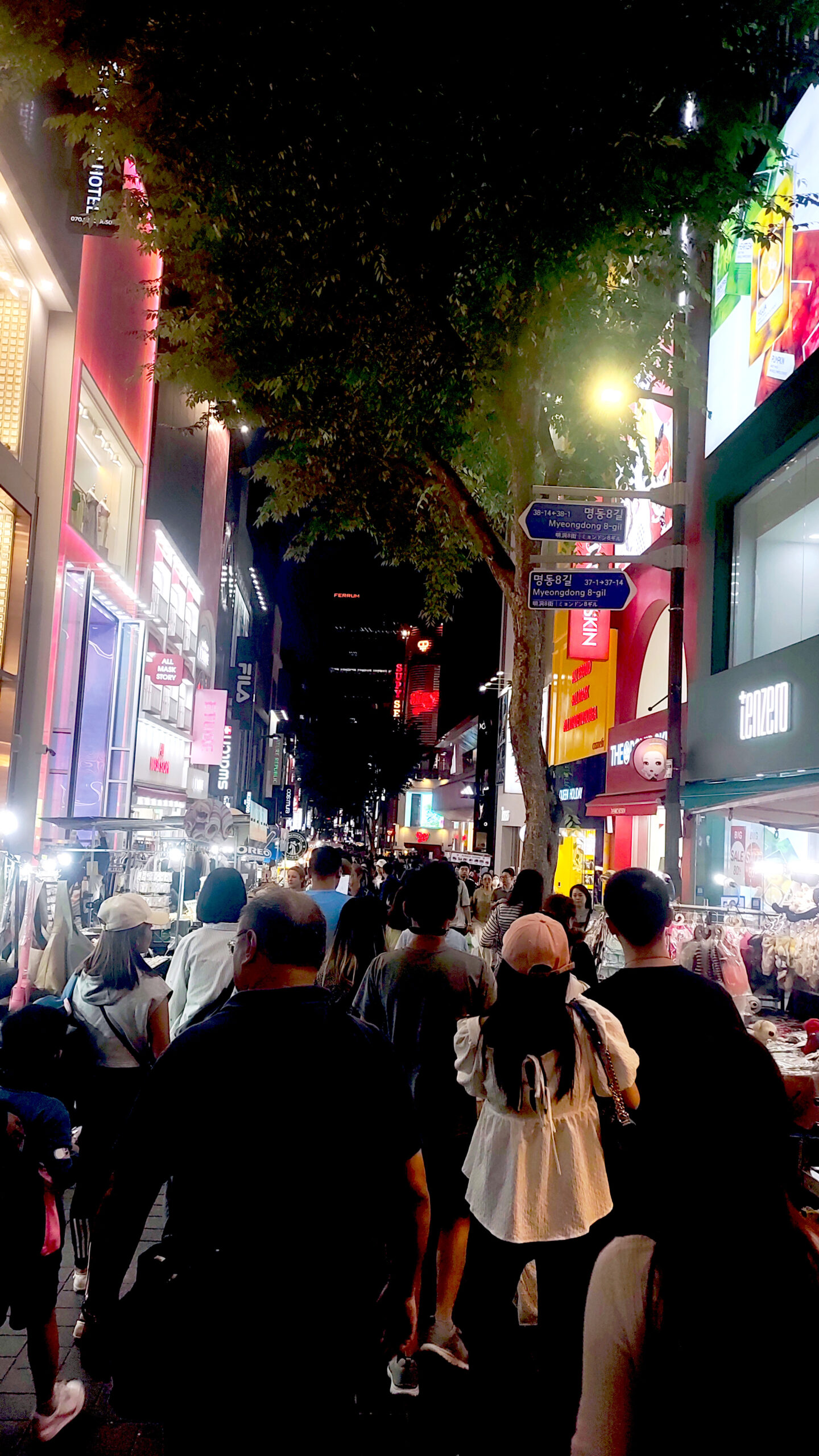Hi pandas!
In June 2023, we finally realized our dream of visiting South Korea! A trip that allowed us to discover many new facets of this country that we are fans of.
Of course, we were super curious to learn more about K-pop and Korean culture that we are passionate about. But we were also able to explore lesser-known aspects, such as the demilitarized zone at the border with North Korea.
A trip rich in contrasts, between age-old tradition and frantic modernity, which only fueled our passion for this fascinating country!
Can’t wait for the next Korean adventure pandas! 💖🐼
Visiting the Border Between the Koreas
We had the opportunity to visit the Demilitarized Zone (DMZ) between the two Koreas. We paid for a guide for the day, who came to pick us up and drop us off at our hotel in Seoul. He explained to us that when we are in the DMZ, he will also be considered a tourist, since only one government travel agency is authorized to enter the zone.
We quickly noticed this difference when our guide used the term “North Korean” while the accredited agent called them “the enemies”.
Instagram of our guide @benny_b_kim
The Inspiring Journey of Hyundai’s Founder
From Humble Beginnings in Asan
Born into a farming family in Asan, North Korea, just 50 km from the demilitarized zone, Chung Ju-yung had to overcome numerous challenges from a very young age. Despite several attempts to flee, he could not leave his native region until 1933, when he sold his family’s only cow to buy a train ticket to Seoul.
Hyundai’s Meteoric Rise
Once in the capital, Chung Ju-yung opened an auto repair shop in 1941, marking the beginnings of the Hyundai empire. Thanks to his business acumen and innovative spirit, the company then experienced meteoric growth, becoming a major player in the country’s post-war reconstruction
An Unbreakable Link to North Korea
Despite the division of the two Koreas, Chung Ju-yung remained deeply attached to his roots. Shortly before his death, he symbolically crossed the border in 1998 to gift 1001 cows to North Korea, a powerful gesture of reconciliation.
The inspiring journey of this self-made man, who rose from a modest farmer to one of Korea’s most influential businessmen, testifies to the resilience and entrepreneurial spirit that have shaped Hyundai’s history.
As a tribute to this history, a statue of a cow was installed at the entrance of a bridge in the DMZ. We crossed this bridge to access the DMZ, but we cannot show you pictures, as taking photos was prohibited on the bus.

Different memorials
The Statues of Peace 2012
The statues shown in this photo are located at the reception point for starting the DMZ tour.
This statue is a memorial to honor the many ‘comfort women’ victims of Japanese soldiers during World War II.
There are several of them across South Korea. One of them was erected in front of the Japanese embassy in Seoul, also to demand an apology from Japan, which refuses to admit the direct involvement of the Japanese army in this history of sexual slavery.
Japan then demands the removal of these statues.
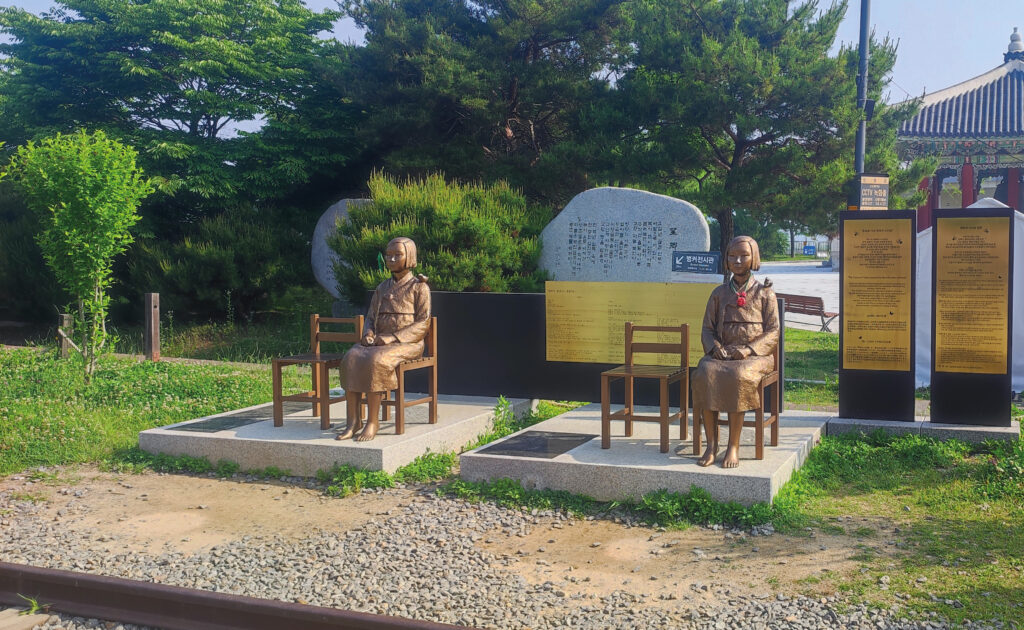
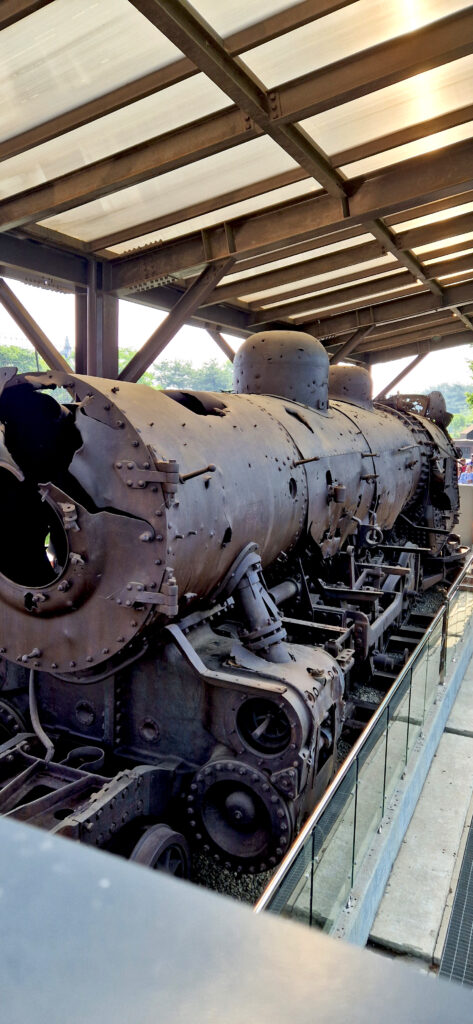
The Locomotive
Visible at the reception point for starting the DMZ tour, this steam locomotive is a symbol of the tragic history of the division between North and South Korea.
It is now exhibited to the public after being registered as a cultural heritage site in 2004.
According to the railway operator at the time, the train was stopped due to the intervention of Chinese communist forces en route to Pyongyang to deliver war materials, and it was eventually destroyed at Jangdan station.
It was left abandoned in the demilitarized zone after being derailed by bombs during the Korean War.
Over 1,020 bullet impacts on the locomotive and its bent wheels bear witness to the cruel situation of that era.
The rusting locomotive serves as a poignant reminder of the devastation wrought by the 1950-1953 Korean War that divided the peninsula. Its damaged state, left behind in the DMZ buffer zone, symbolizes the lasting legacy of that conflict.
Putting it on display allows visitors to connect with this tragic history in a tangible way as part of the broader DMZ tour experience.
The Border With North Korea
A Line of demarcation steeped in history
The line crossing the photo is the border between South Korea and North Korea, a delimitation heavy with meaning despite its apparent simplicity. Visible from the Dora Observatory, this border separates two worlds with very different realities.
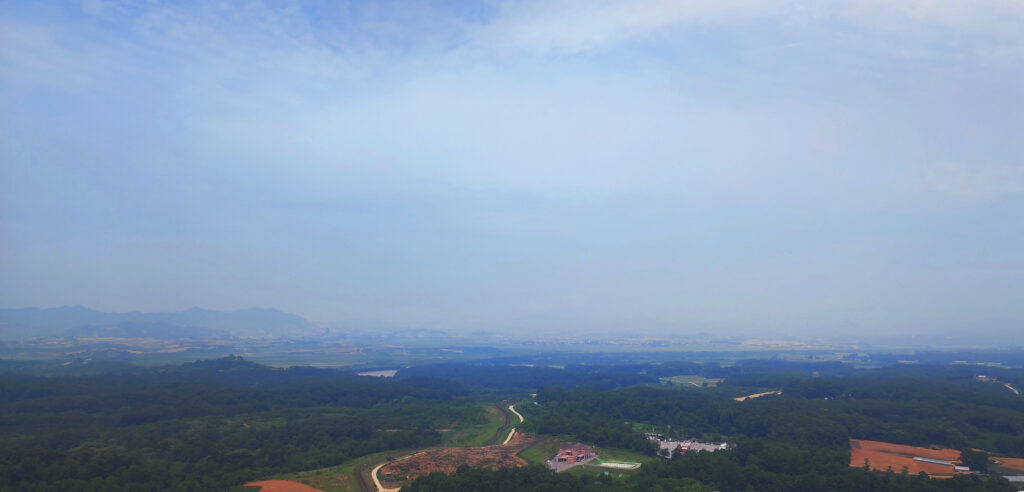
Two Villages, Two Destinies
On each side of this border lies a village in the demilitarized zone. While the one in the south is inhabited and receives a subsidy, the village in the north remains deserted, despite attempts by the North Korean regime to give the illusion of activity.
A Fragile Cooperation
In 2004, a joint initiative allowed for the construction of a factory, but the unstable relations between the two countries make its future uncertain.
An aggression tunnel under the korean border
Since 1974, four tunnels dug by North Korea under the demilitarized zone have been discovered. The most famous, the third tunnel, plunges 73 meters deep over 1.7 km long, wide enough for 4 people. During the visit, you descend a steep slope to reach a wall built by South Korea, with a hole allowing you to glimpse the other side of the border. A strange atmosphere reigns in this tunnel, a symbol of the war still latent between the two countries. Strict prohibition on carrying phones or cameras, to preserve the mystery of this historically charged place.
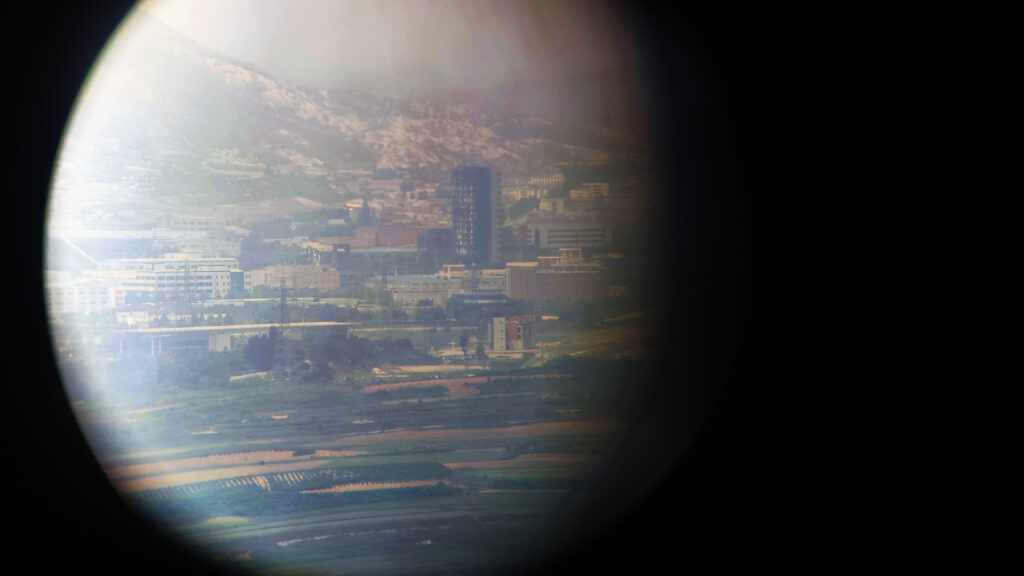
The Tower, Symbol of the Division of the Koreas
From the observation tower, you can see the two flags on each side of the border, a powerful symbol of the division between the two Koreas. In this photo, you can see the village present in the northern part of the demilitarized zone (DMZ). In the 2000s, South Korea sent “culture” (letters, K-pop albums, films) via balloons towards the tower. After warnings, the North Koreans detonated a bomb in the tower, breaking all the windows. Since then, South Korea has stopped these shipments, a symbol of South Korean soft power. This incident illustrates the persistent tensions between the two countries, despite South Korea’s efforts at cultural rapprochement. The tower remains a striking element of this border, a witness to the division still present.
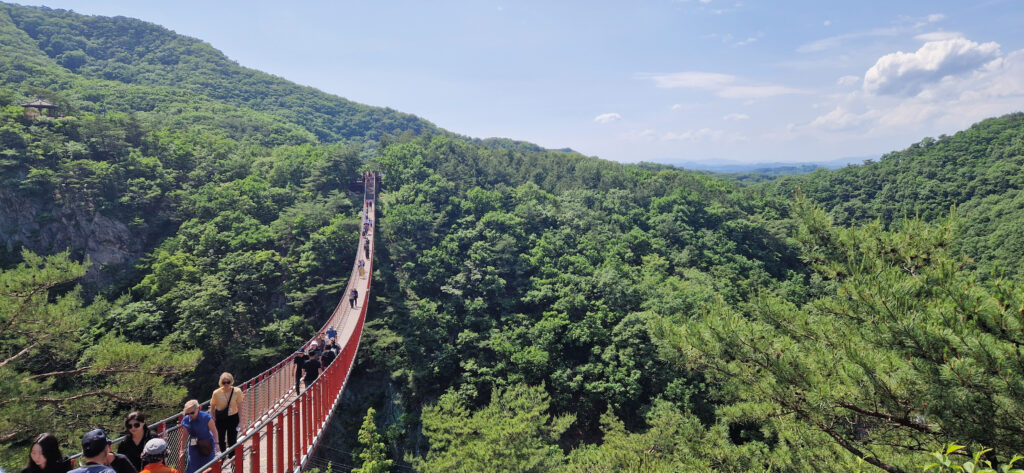
The Suspended Bridge of Gamaksan
A suspended bridge in the heart of the Korean border
After exploring the demilitarized zone, our guide took us to Gamaksan Mountain, near the border. There, we had the chance to cross the famous Gamaksan suspended bridge, which leads to Beomnyunsa Temple. Perched on the mountainside, this bridge offers a breathtaking panorama. 200 meters long, this footbridge suspended above the void provides both a vertiginous and stunning experience. A true link between two worlds, this bridge symbolizes the fragile ties that still unite the two Koreas. A crossing steeped in history, in the heart of a natural environment of wild beauty.
Our thoughts about the visit
Lucie, Gagou and Lysa
Jeonju, a journey through time in the Heart of Korea
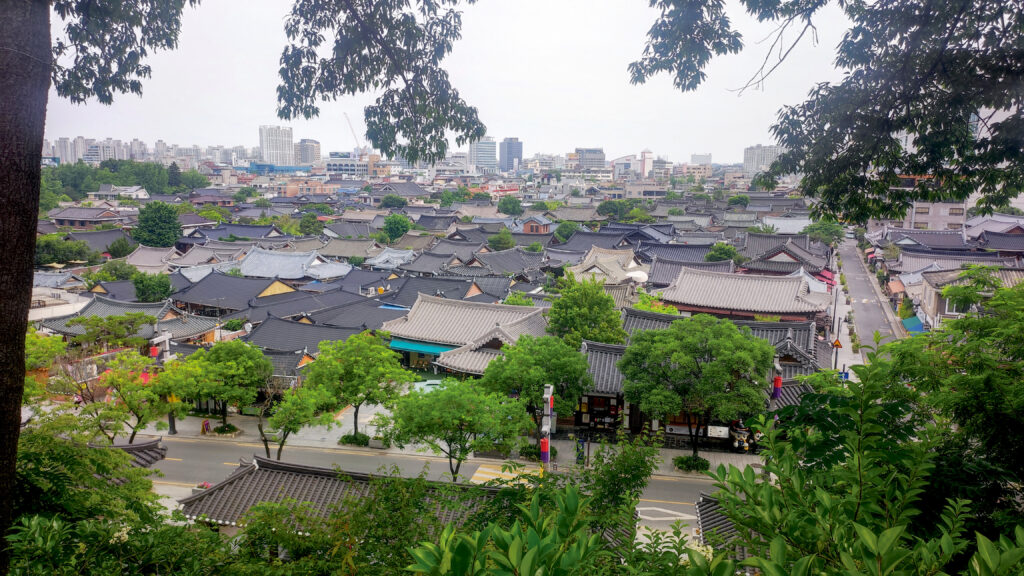
The Gyeonggijeon Shrine, Jewel of Korean Heritage
At the heart of Jeonju’s hanok village lies the Gyeonggijeon Shrine, an emblematic site paying homage to King Taejo, founder of the Joseon Dynasty (1392-1910). Built in 1410 by his son King Taejong, this shrine now houses the portrait of King Taejo, designated a National Treasure of South Korea.
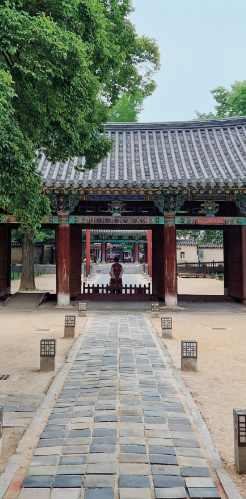
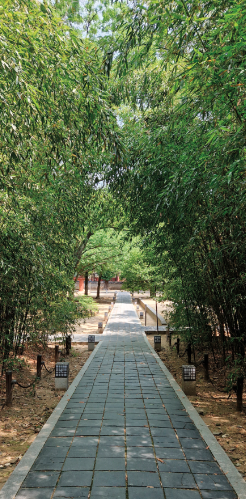
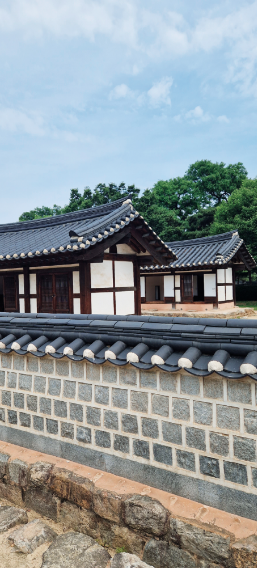
A Turbulent History
During a Japanese invasion in the 16th century, the five shrines dedicated to King Taejo were unfortunately destroyed by fire. However, Gyeonggijeon was later rebuilt in 1614, thus preserving this precious heritage.
An Unmissable Visit
Visiting this shrine is to immerse oneself in the heart of Korean history and culture. A privileged moment to discover the traditions and richness of Jeonju’s heritage, a city classified as a UNESCO World Heritage Site.
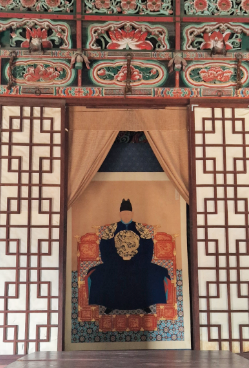
Portrait of King Taejo
Pungnammum Gate
One of the entrance gates to the Jeonju city walls
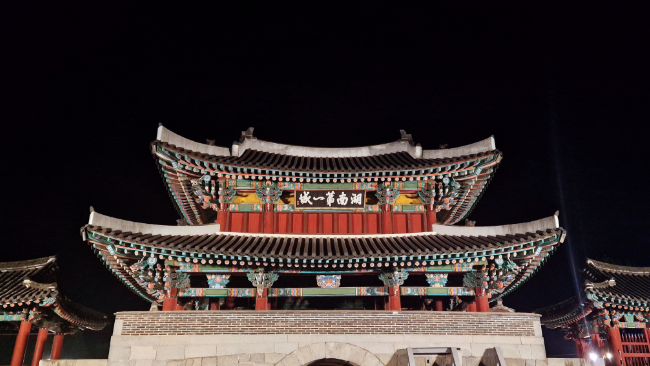
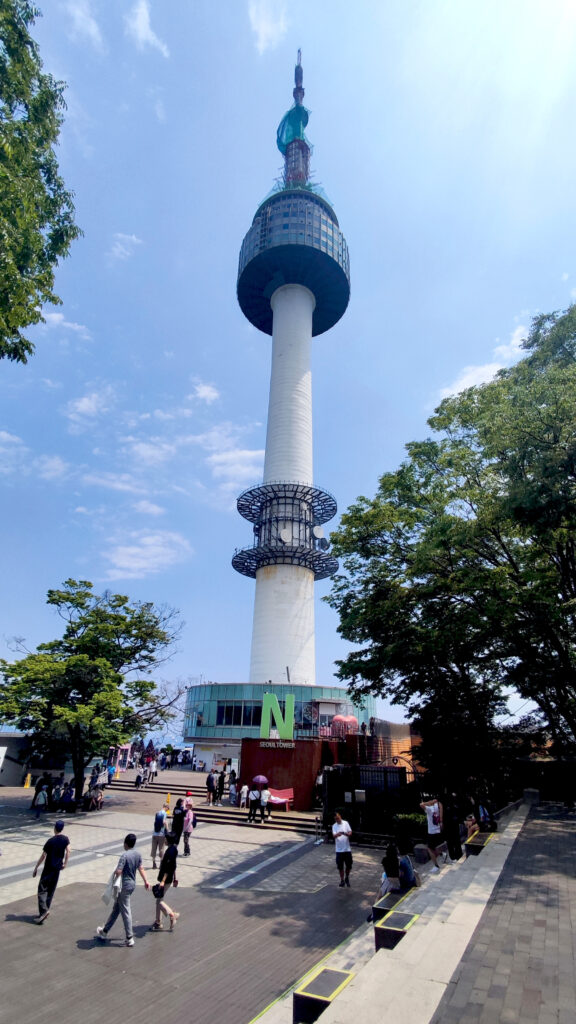
Namsan ou N Seoul Tower
The Namsan Tower is a telecommunications tower built in 1975, it measures 236.7 m. It is located at the top of Namsan Mountain which overlooks the entire city. After its ascent on foot along the ruins of the walls built 600 years ago, which protected the capital during the Joseon era.

Gyeongbokgung Palace, Seoul

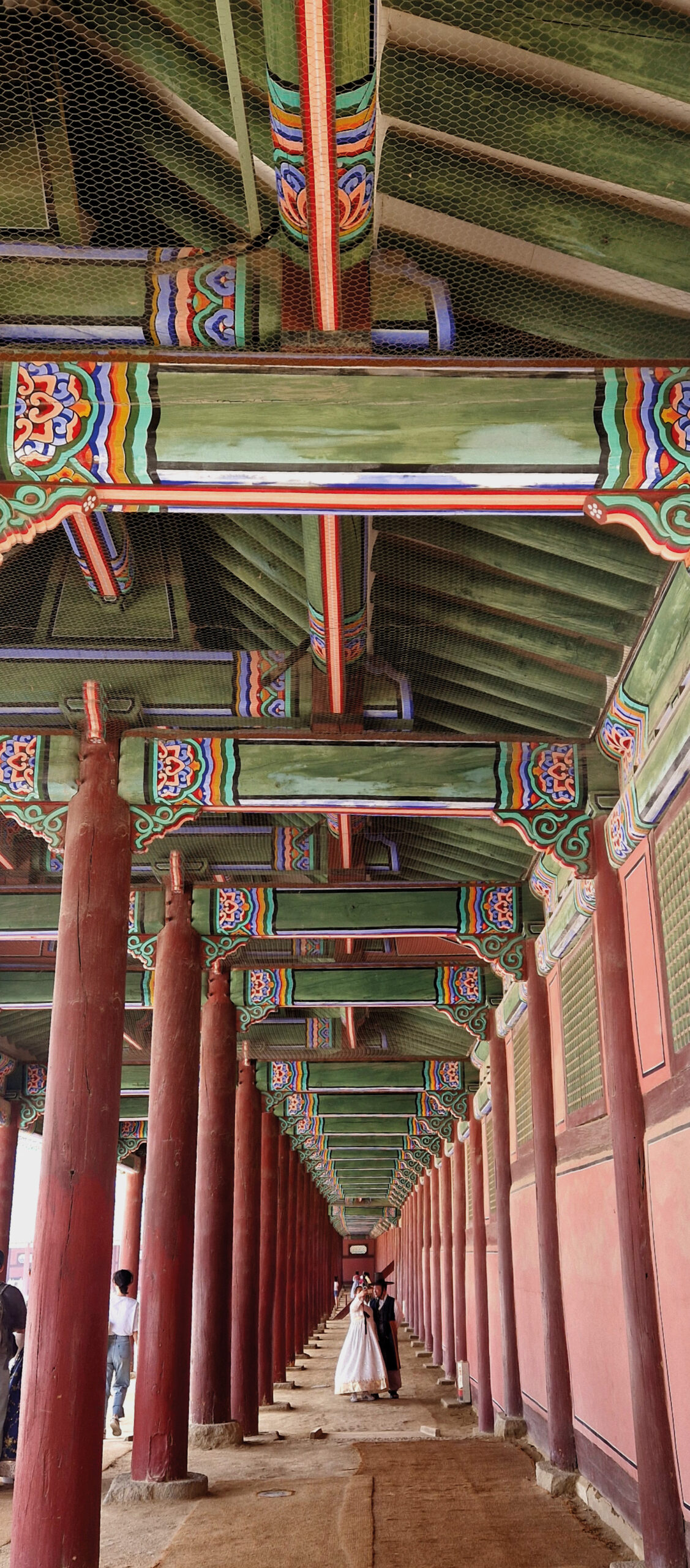
Gyeongbokgung, the Jewel of Korean Royal Architecture
Built in 1395, Gyeongbokgung was the main palace of the Joseon Dynasty (1392-1910). A true architectural gem, this vast complex of 500 buildings spans 40 hectares in the heart of Seoul.
A Name Carrying Hope
Gyeongbokgung literally means “brilliance” and “happiness”, wishes expressed for the flourishing and prosperity of this new dynasty. A name laden with symbols for this palace destined to house the Korean monarchs.
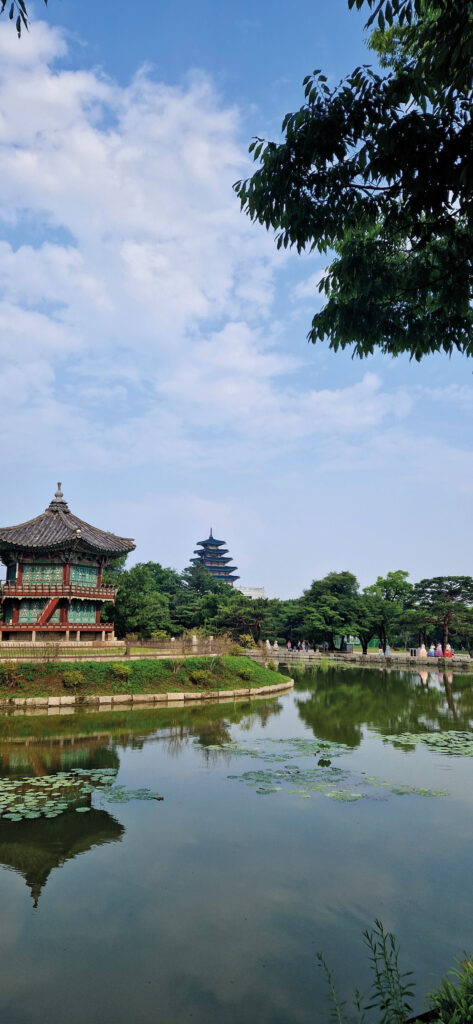
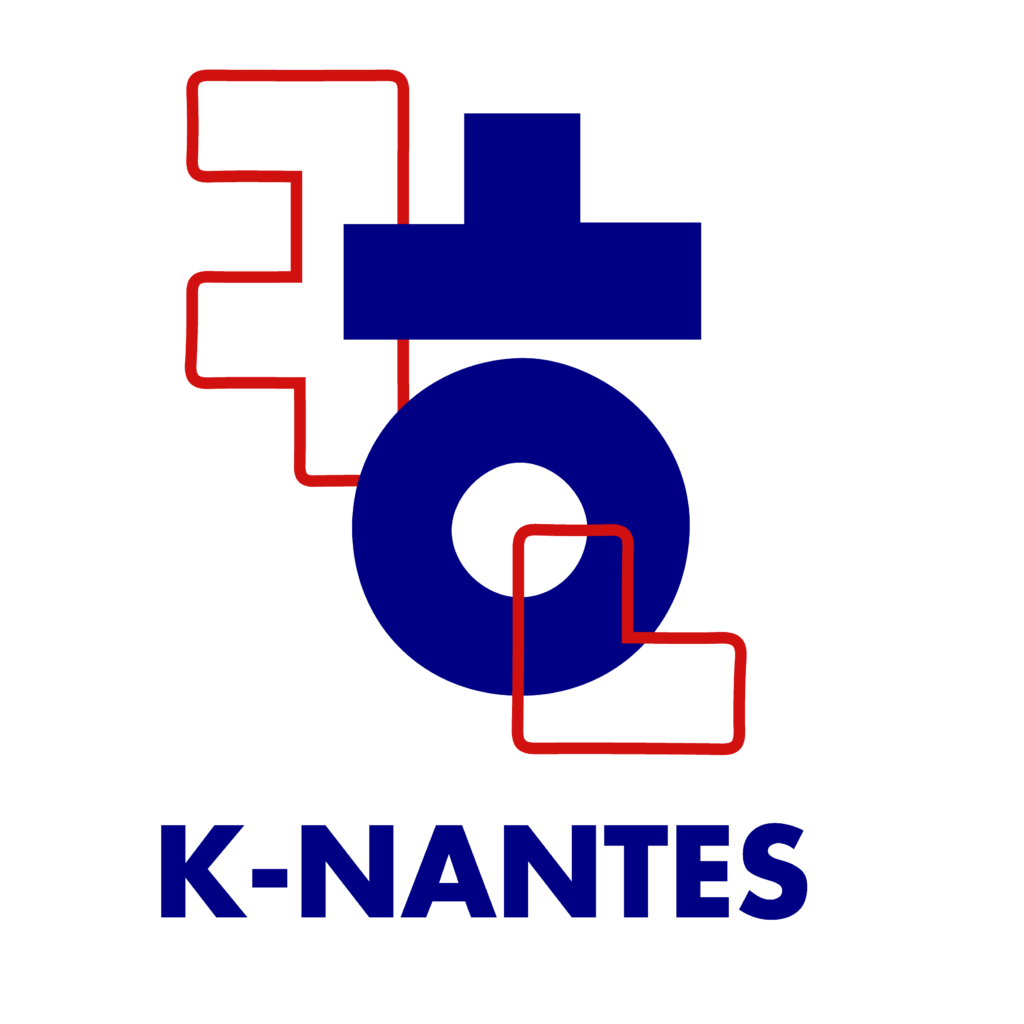
A Renaissance After the Flames
Destroyed by the Japanese armies in 1592, the palace was left abandoned for nearly 270 years before being reconstructed on the orders of the Prince Regent Heungseon Daewongun. But history repeated itself, and 90% of the buildings were again destroyed during the Japanese occupation (1910-1945).
A Preserved National Treasure
It was in 1990 that a vast reconstruction project was launched, allowing 40% of the original buildings to be revived. Today, Gyeongbokgung shines again, offering visitors a striking glimpse into Korean royal architecture.

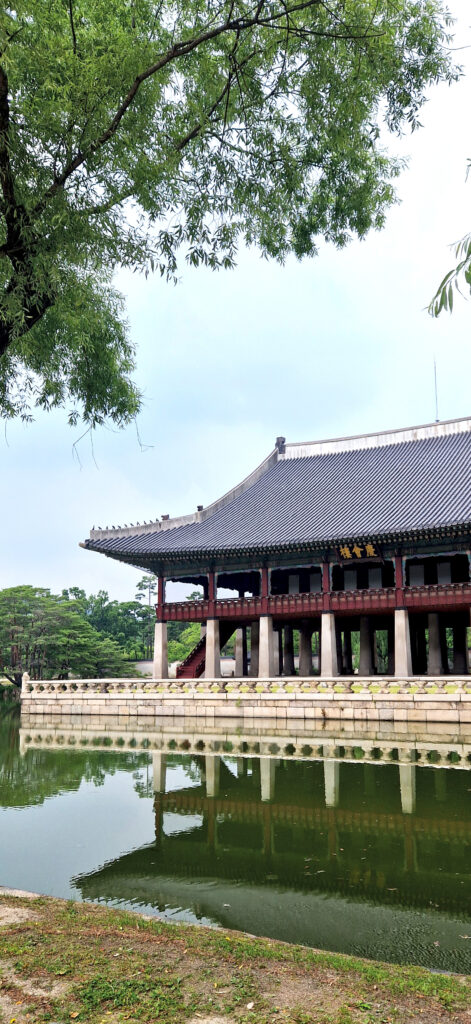
The Majestic Geunjeongjeon Throne Hall
A jewel of Gyeongbokgung Palace, the Geunjeongjeon Throne Hall was the ceremonial heart of the Joseon Dynasty. Designated a National Treasure, this imposing wooden structure hosted the greatest royal events like coronations. Its emblematic architecture, with a two-tiered stone platform and decorated balustrades, makes it a place steeped in history. A must-see to immerse yourself in the grandeur of Korean royalty.
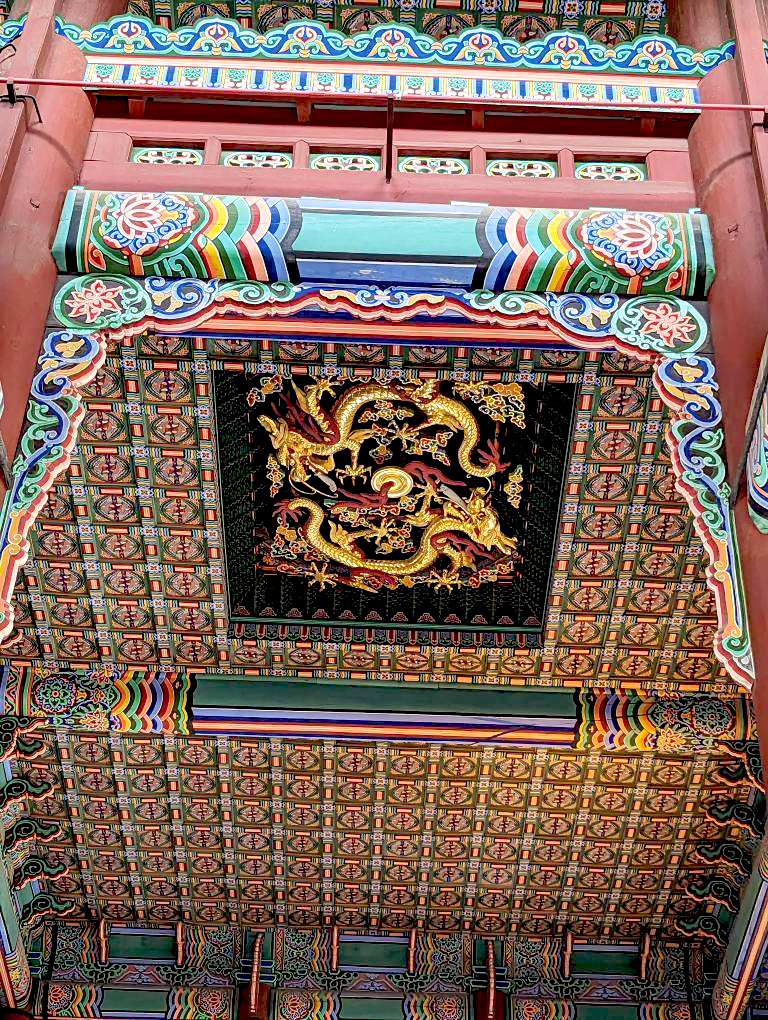
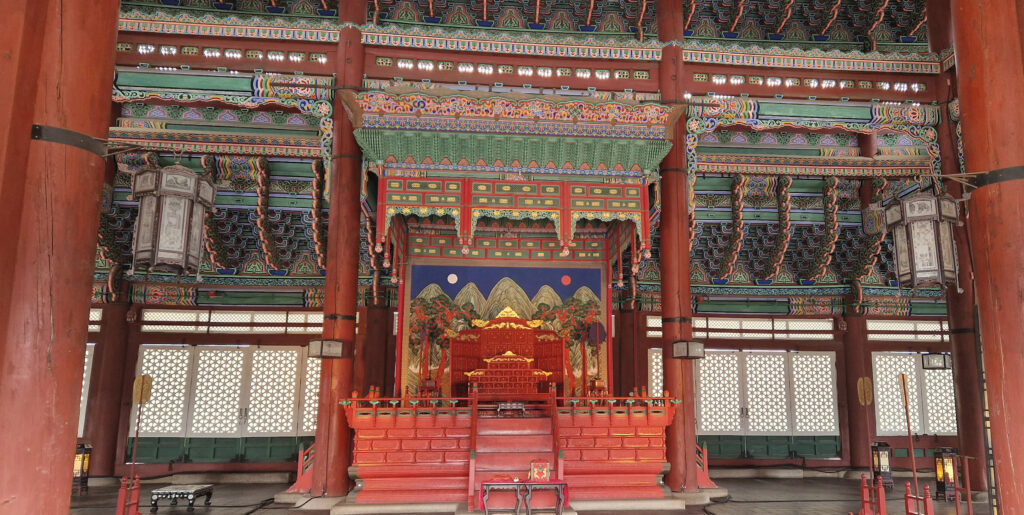
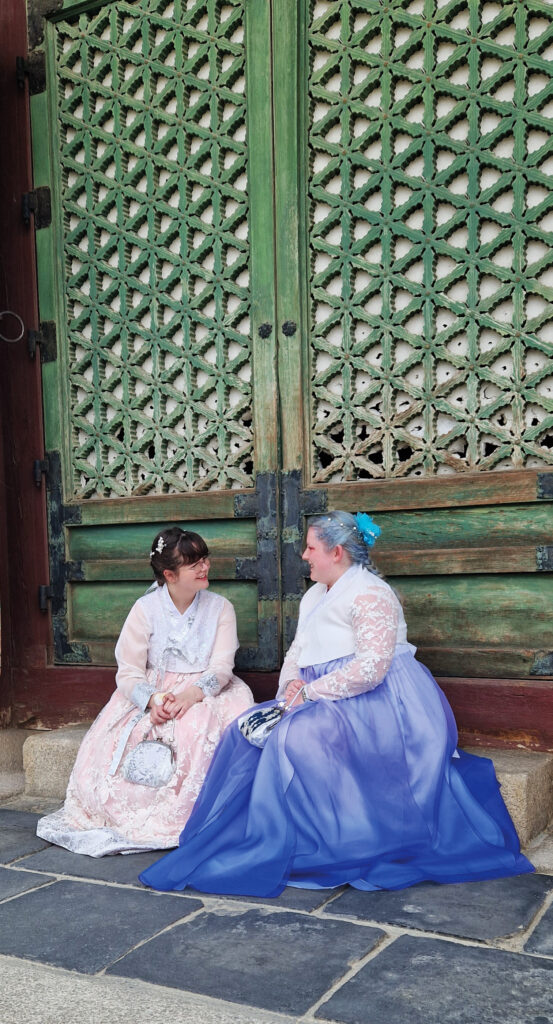
The admins...
For a total immersion in the royal atmosphere of Gyeongbokgung Palace, don a hanbok, the traditional Korean attire. Stroll along the pathways like the nobles of the past, and delve into the grandeur of the Joseon Dynasty.
The Princesses of Joseon"
This experience, free for visitors wearing hanboks, will add a unique touch of authenticity to your visit. Let yourself be charmed by the striking contrast between the vibrant colors of the costumes and the majesty of the ancestral buildings.
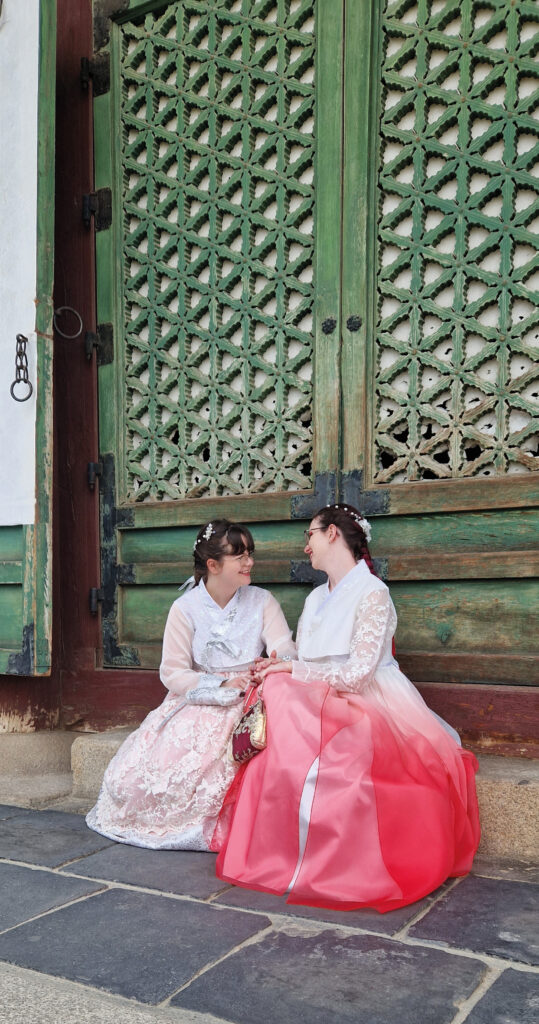
After this detour in the history of South Korea
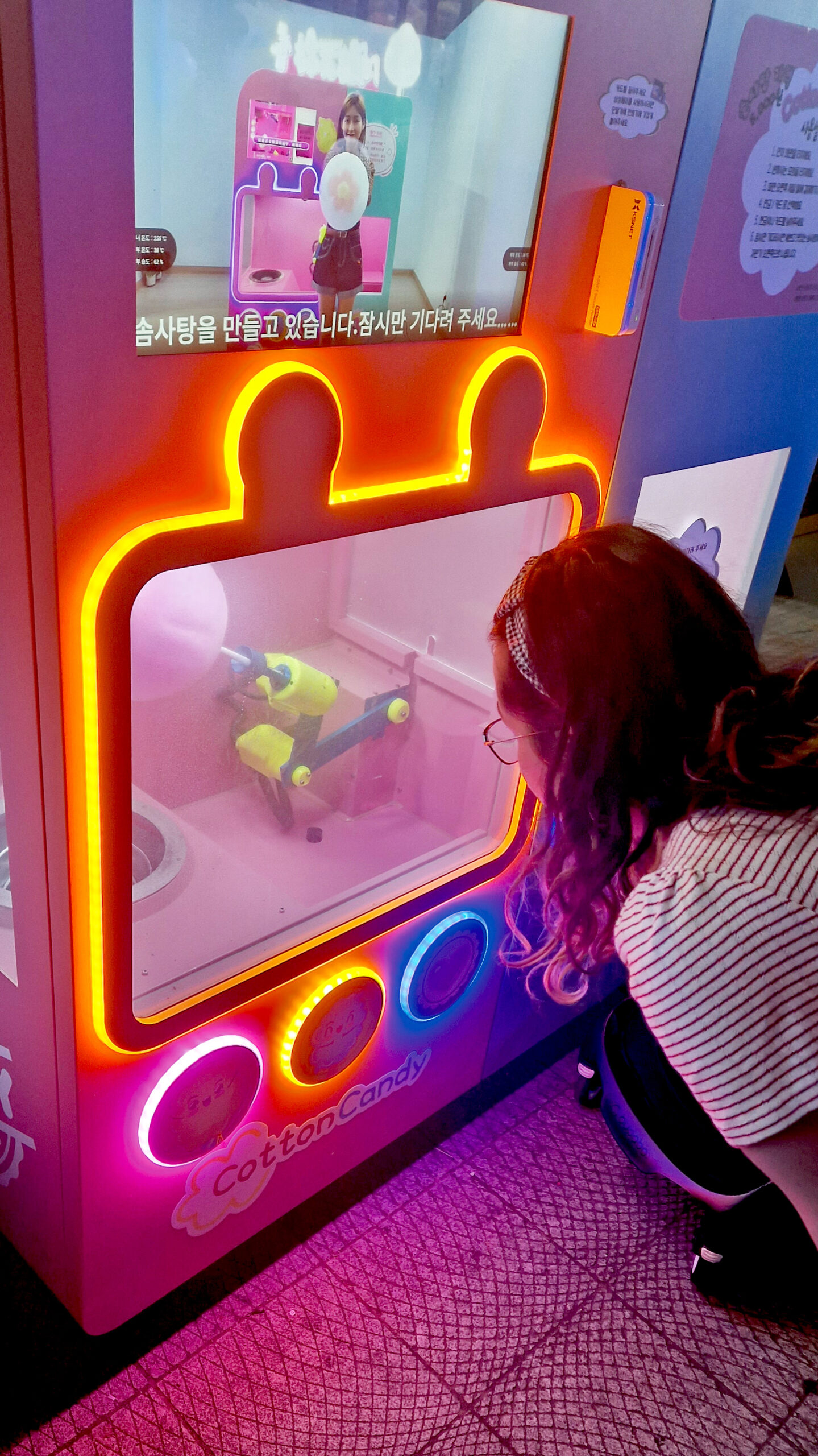
Jeonju
barbapapa distributor
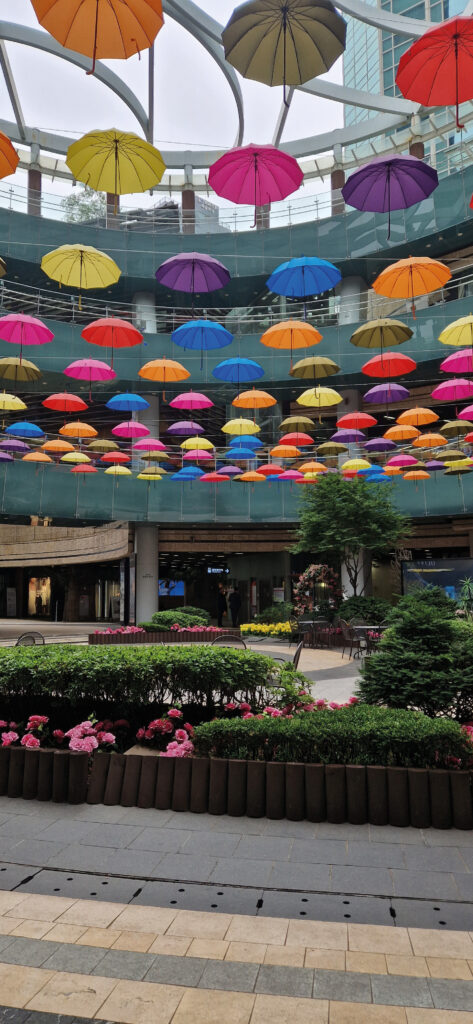
Seen from the roof of a cafe in
Insadong ⇨
⇦ Shopping Mall in Hapjong
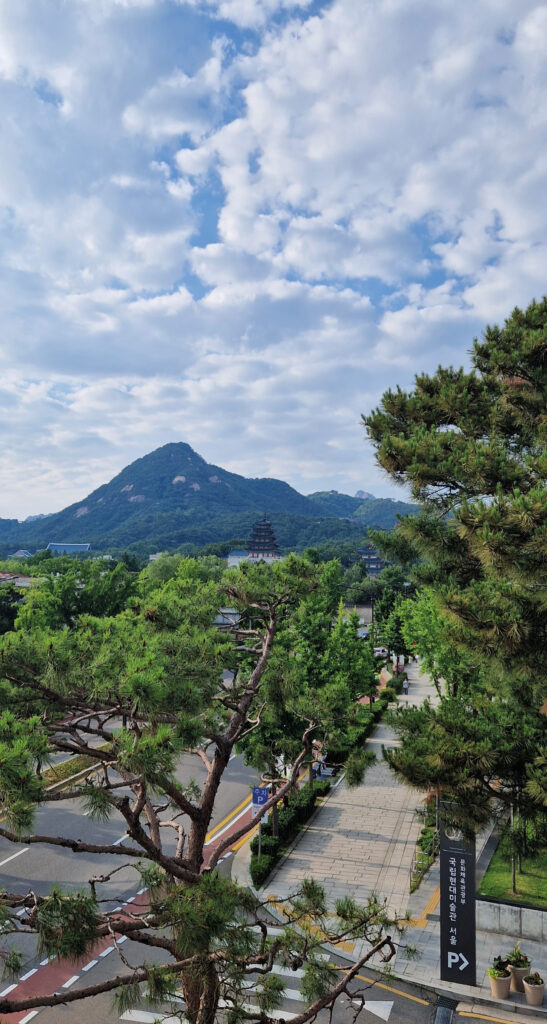
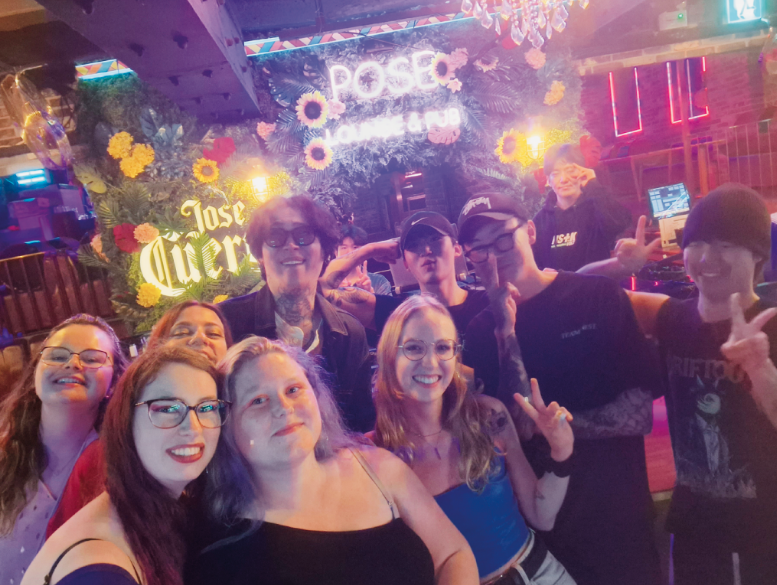
Itaewon
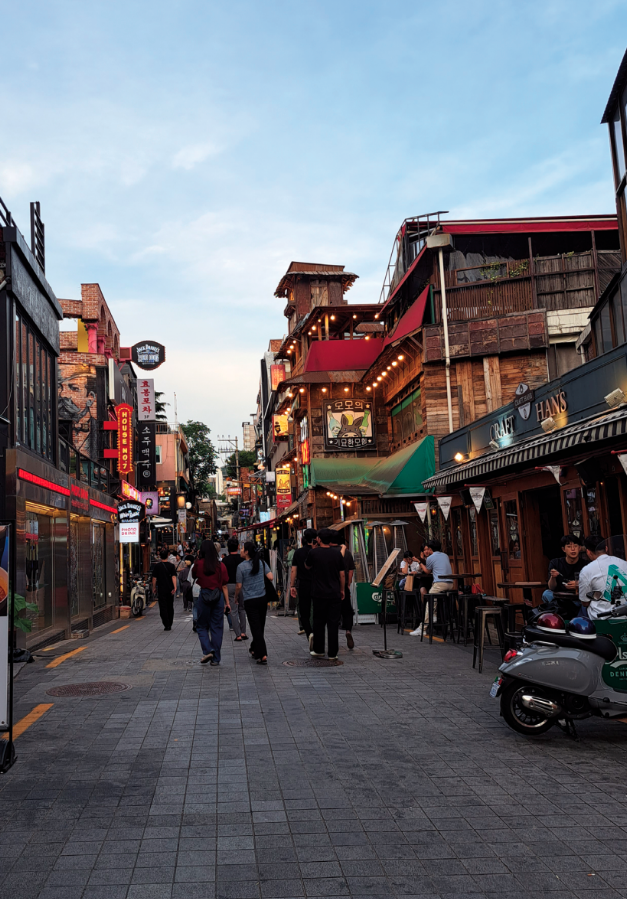
Old street of Seoul

Thank you Pandas !
We hope that this account of our trip to South Korea made you want to discover this incredible country. From the historic demilitarized zone to traditional villages like Jeonju and Seoul’s royal palaces, Korea is full of treasures to explore.
We were completely captivated by this total change of scenery, between ancestral traditions and frantic modernity. A real clash of cultures that makes all the charm of this destination.So do not hesitate, go live this extraordinary adventure! South Korea is waiting for you, ready to dazzle you as it did for us.
See you soon for new Korean adventures pandas! Gamsahamnida and annyeong!


